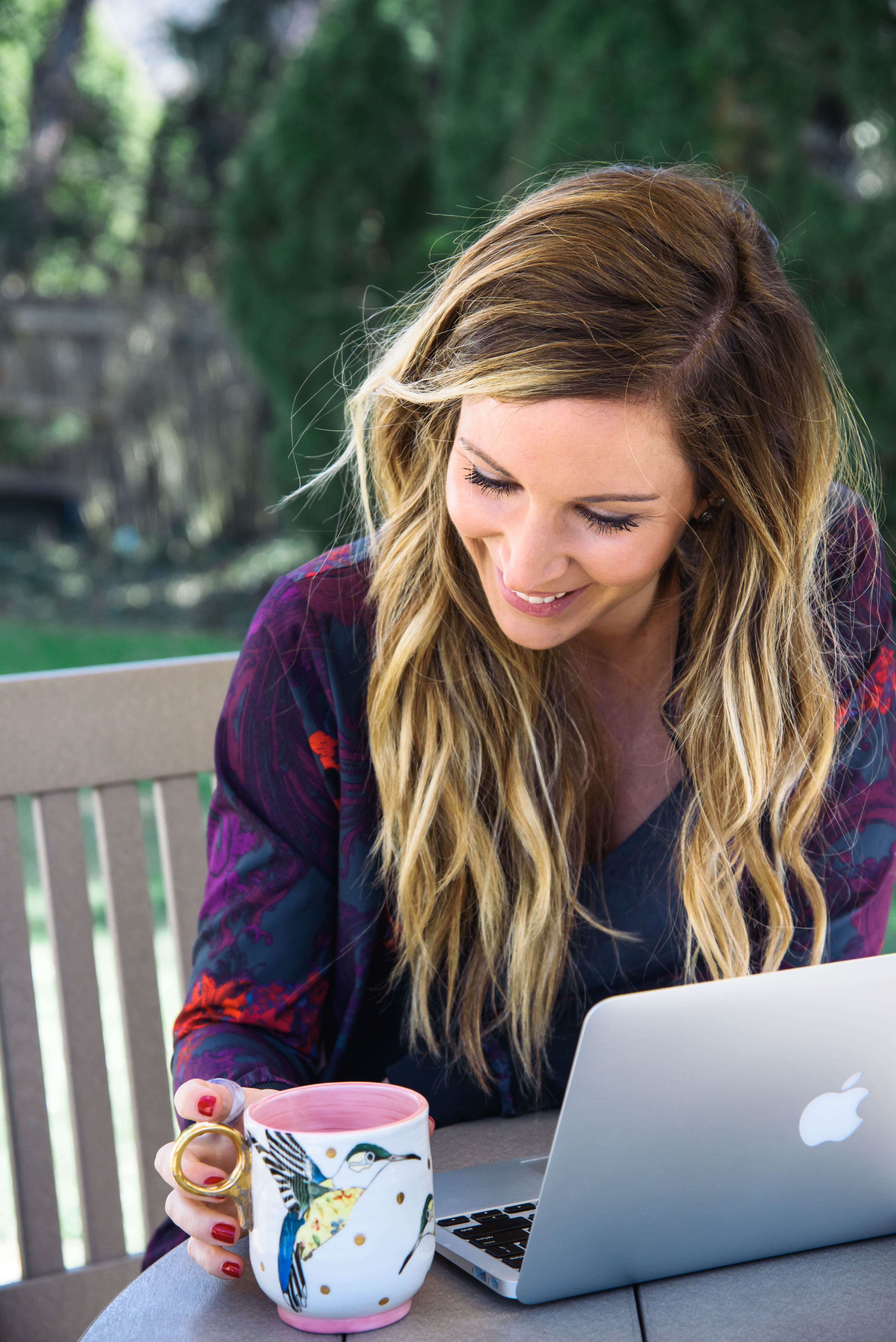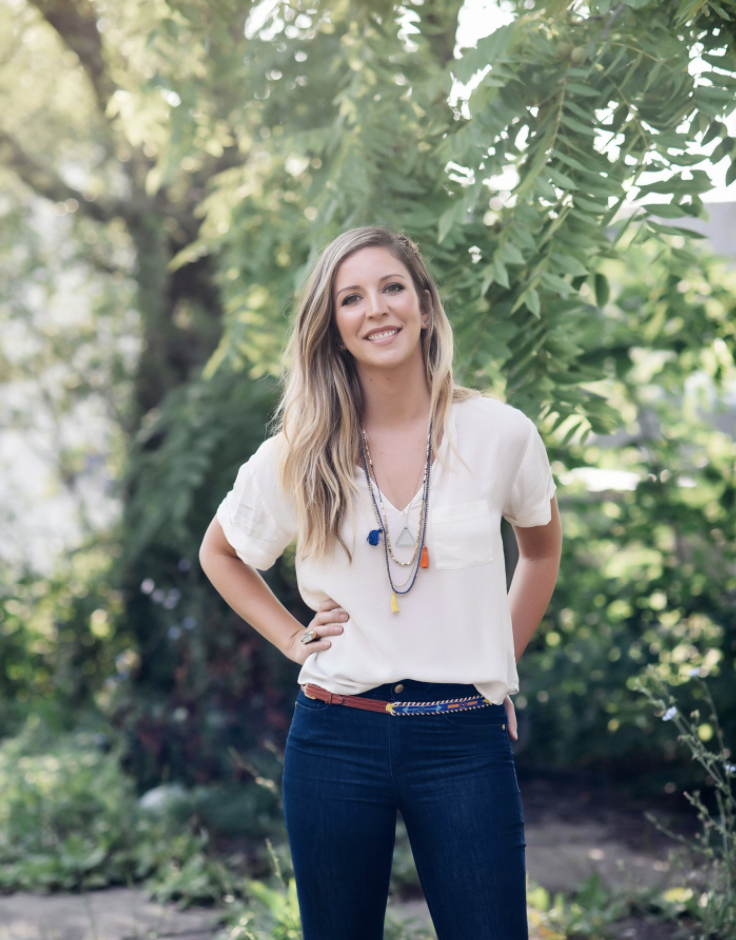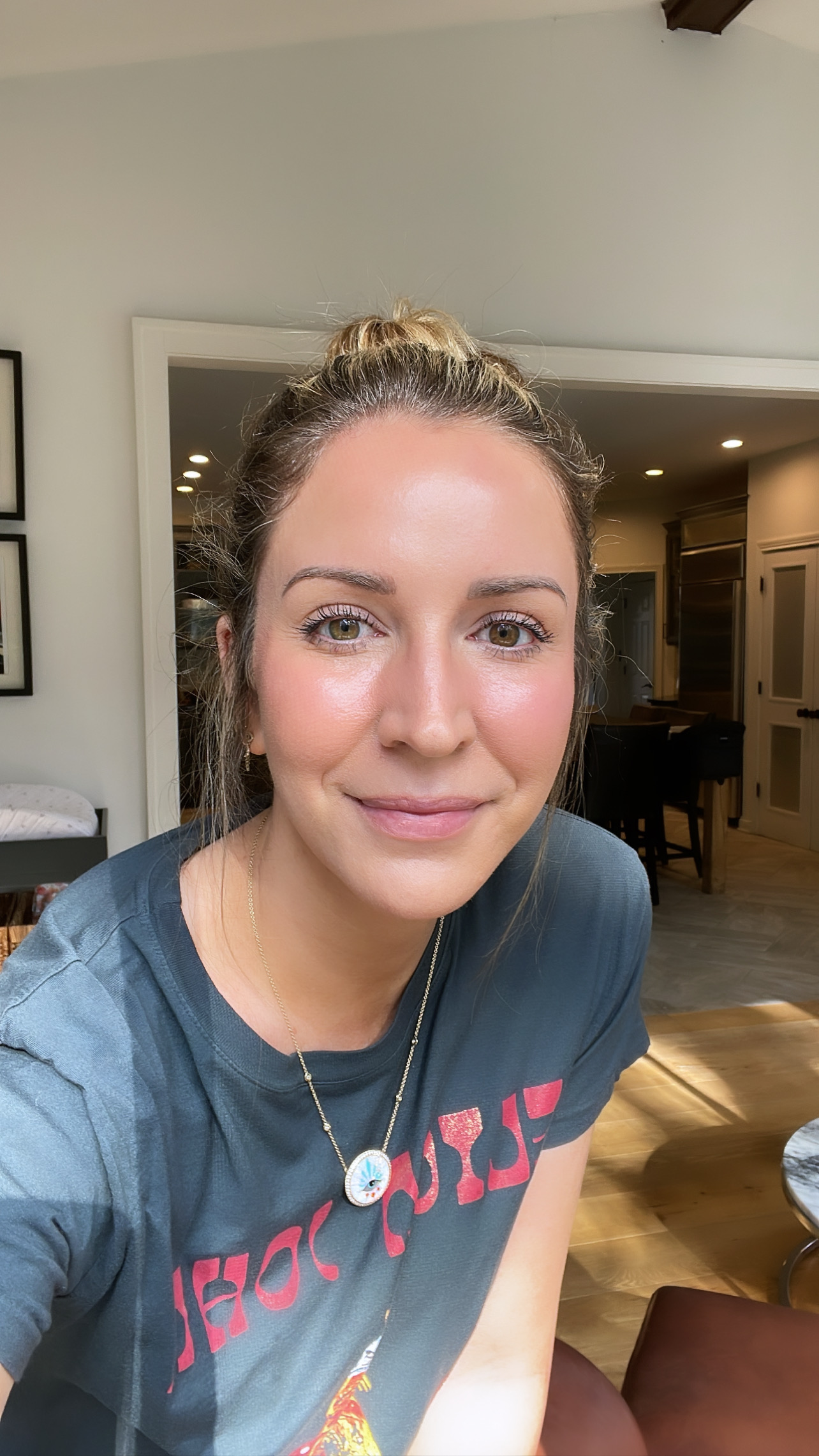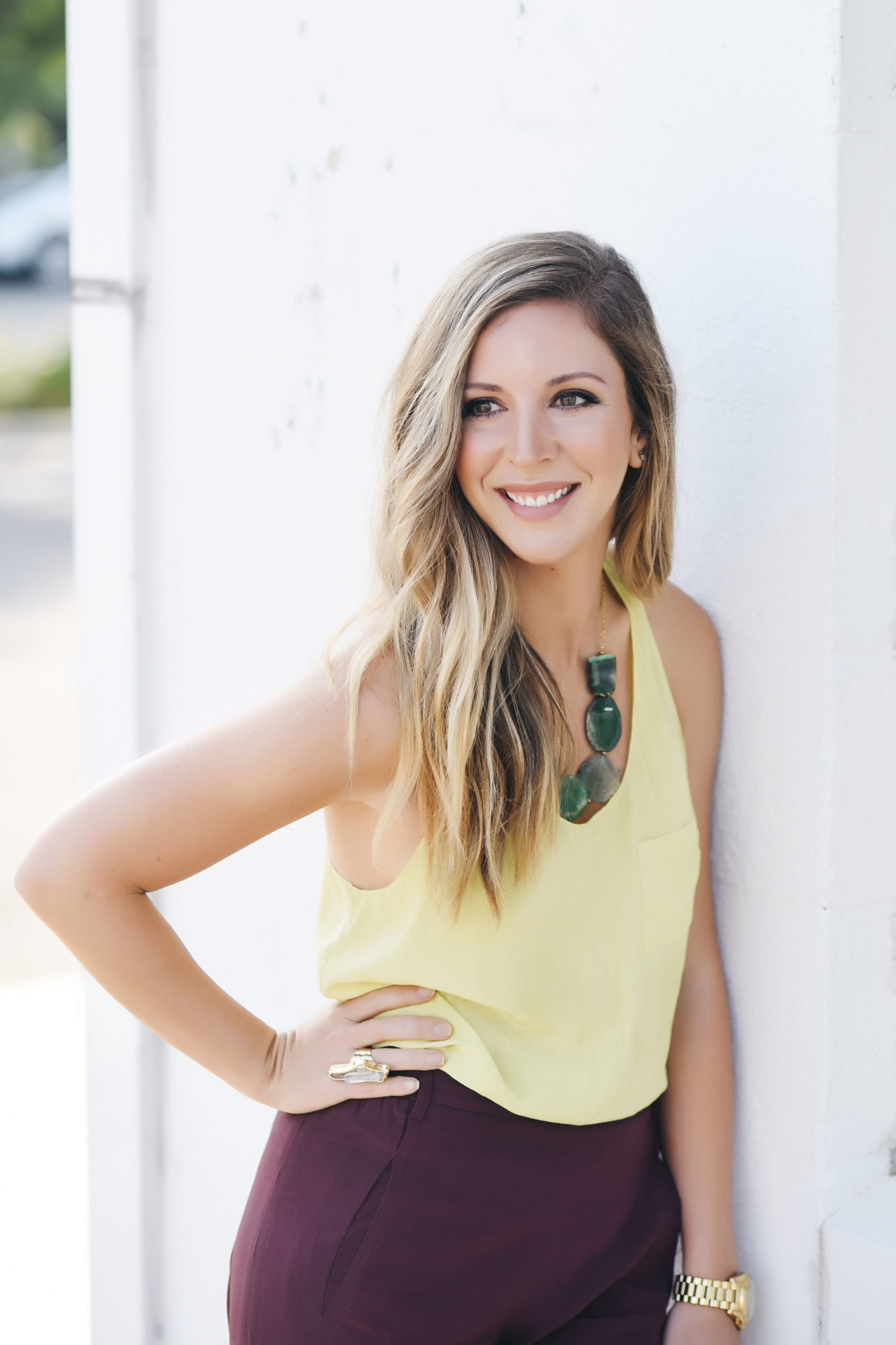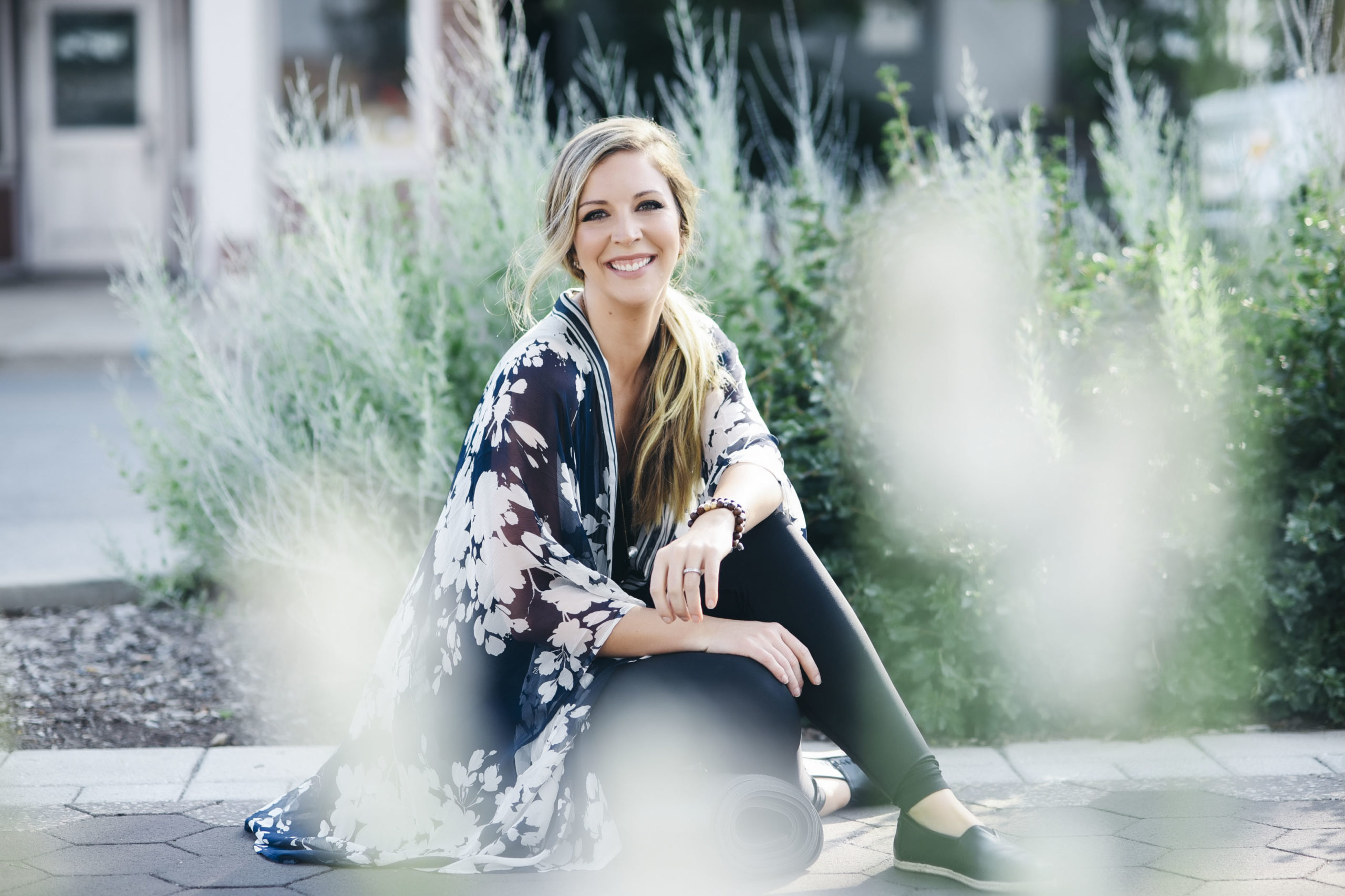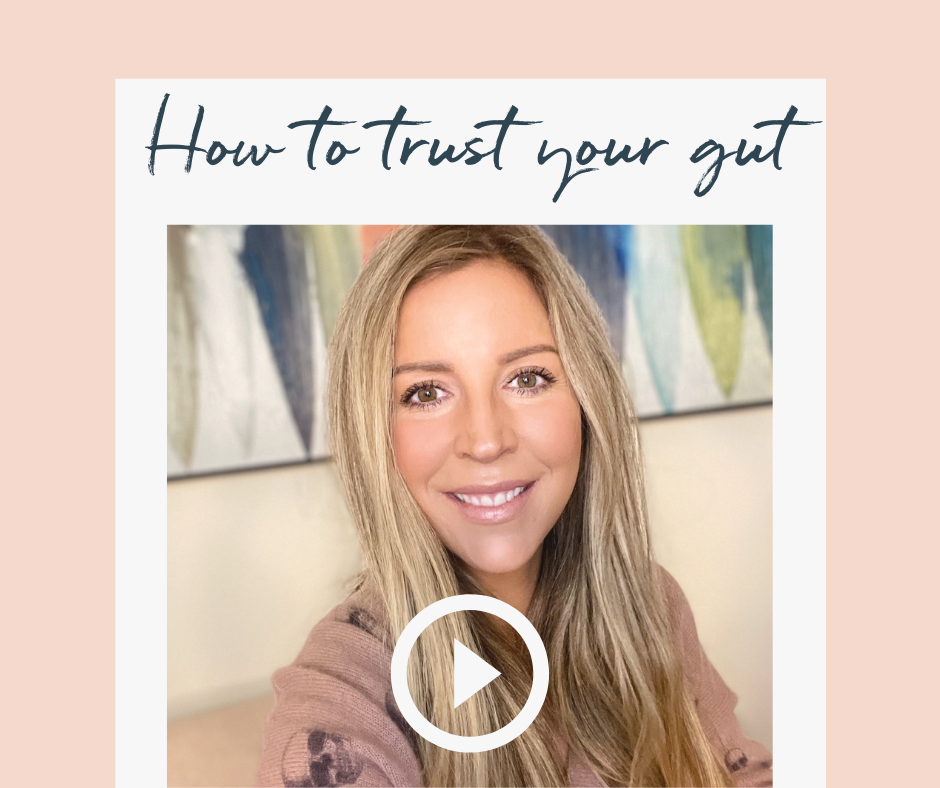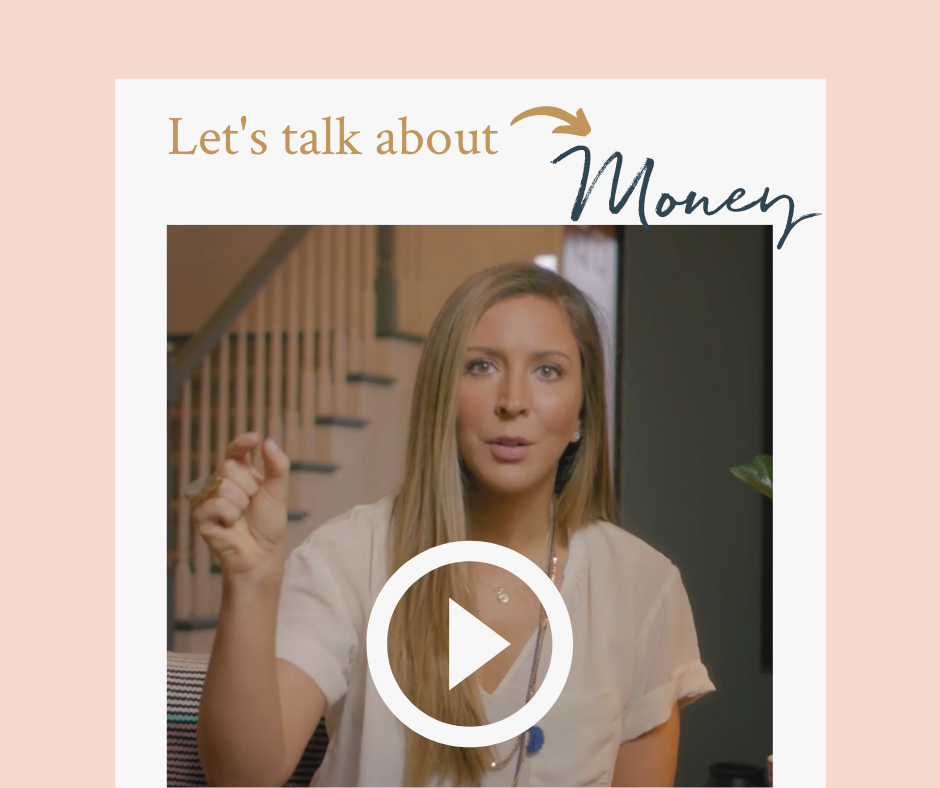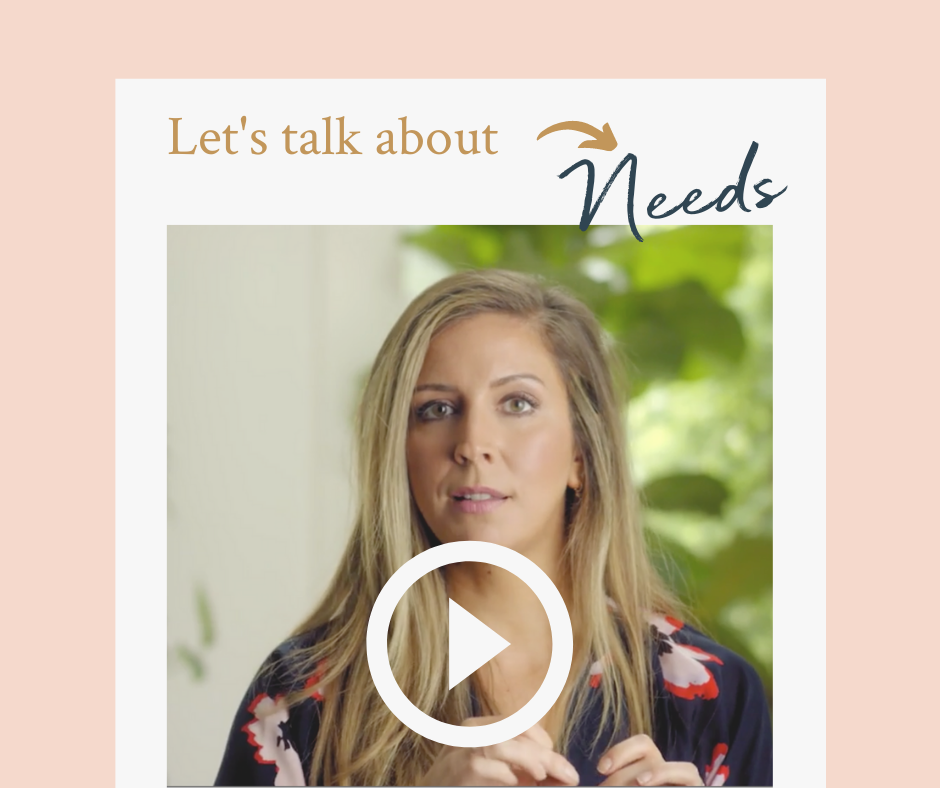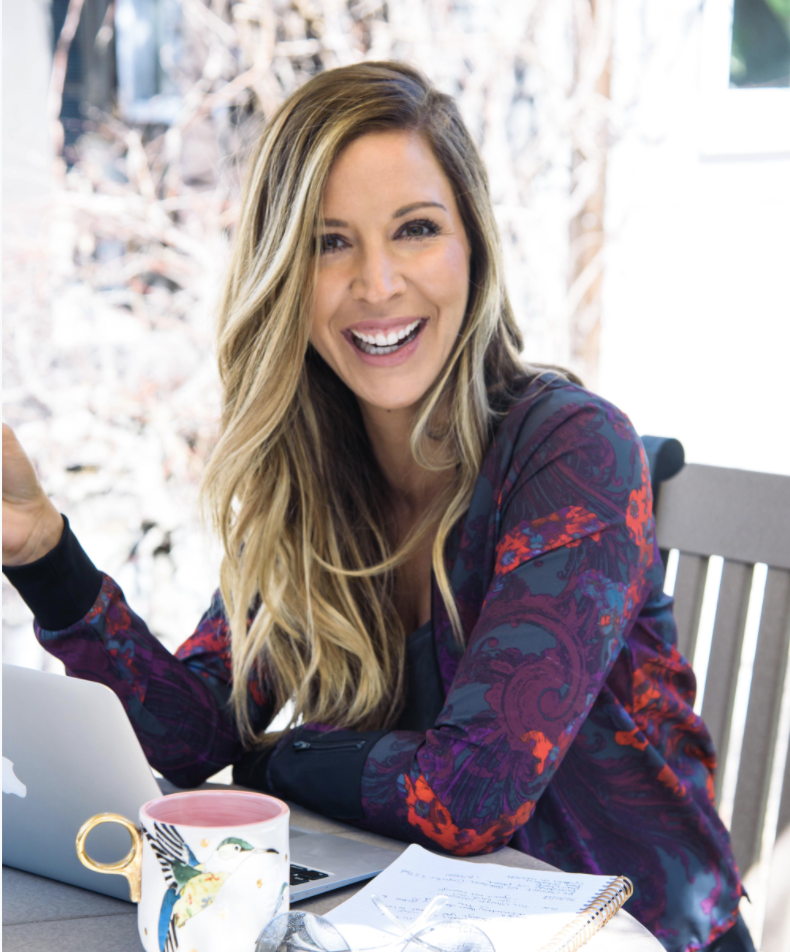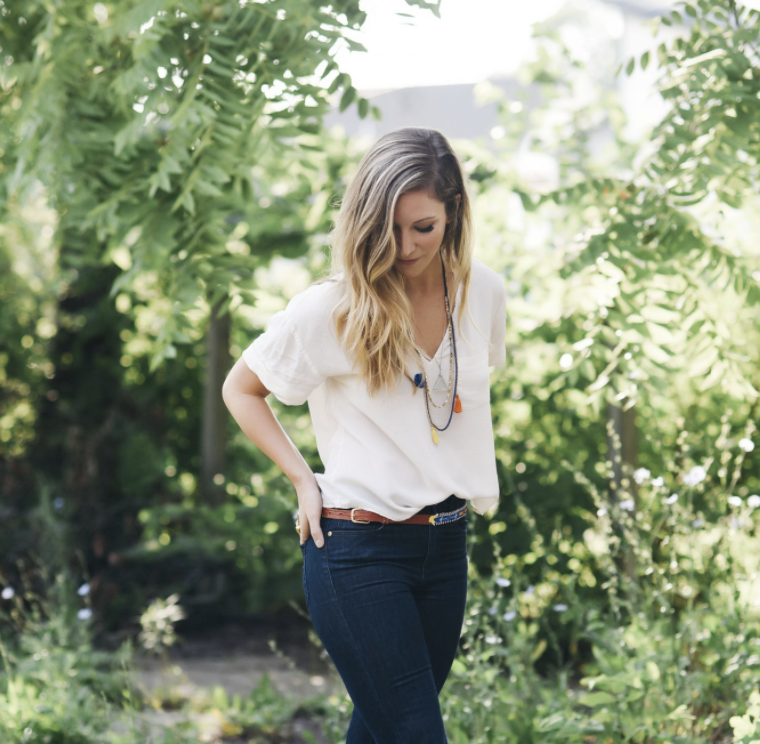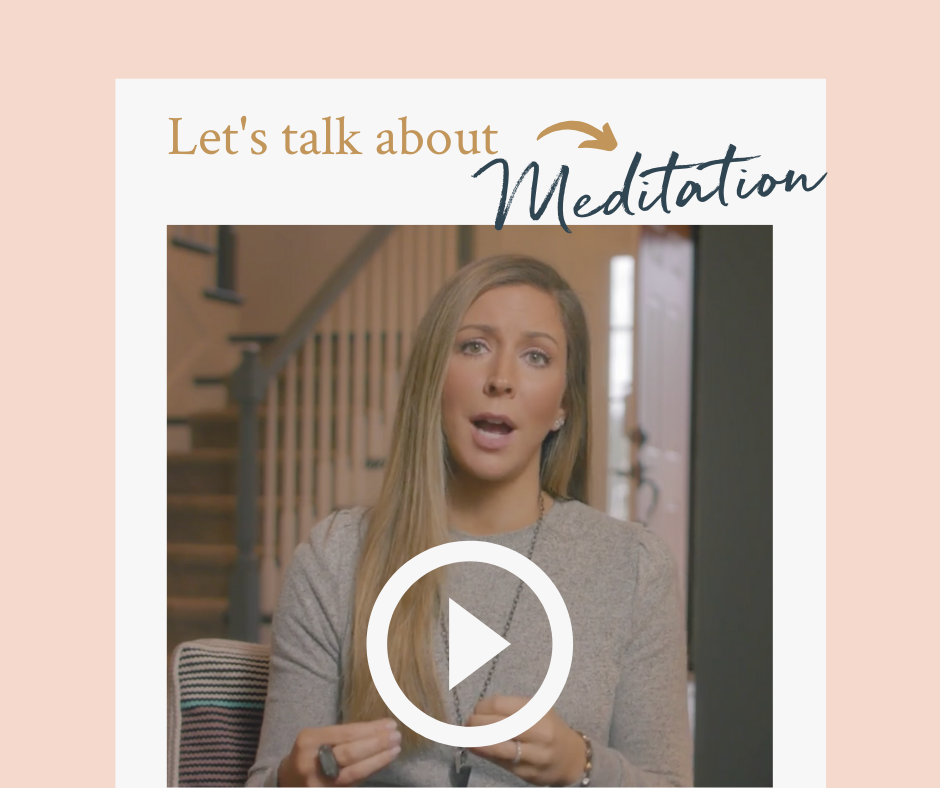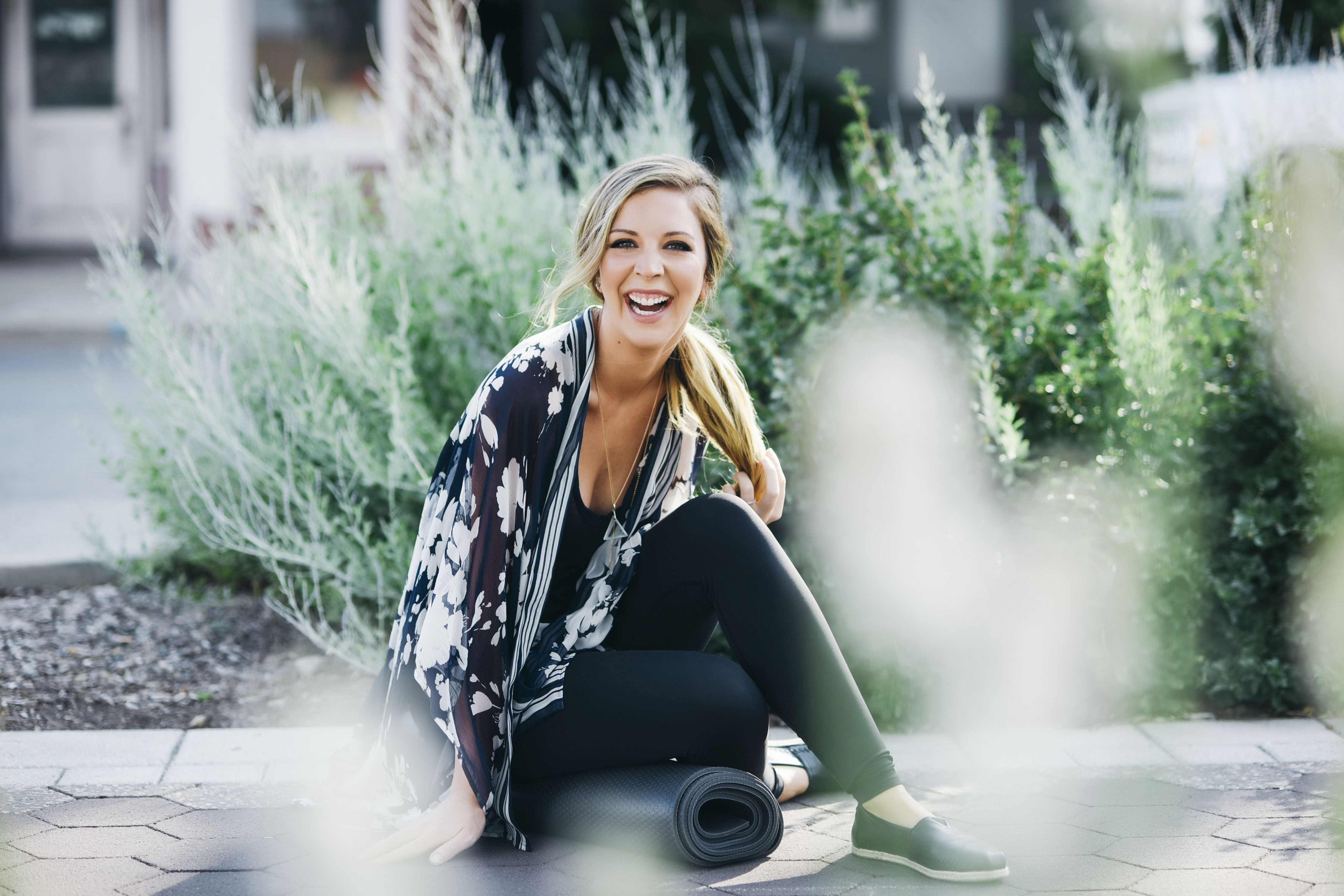What boundaries really mean in relationships.

I had boundaries all wrong. If I could write a character description of my old definition of boundaries it would look like this:
A boss. Someone who is clear, decisive, and direct. The character would have a single line of dialogue that read, “No.”
The conversation I had most with clients about boundaries had to do with drawing lines in the sand, and making consequences clear. We explored how to communicate needs, and how to hold other people accountable.
I’m beginning to understand that there is a deeper, richer, more intimate look at what boundaries represent. The biggest distinction I’ve found with how this applies to my life is when I’m “telling” people what I need vs “acknowledging” how I’m feeling and then “allowing” someone to respond.
Both approaches may have their place, but without question the second is more challenging. When I tell someone what I need, it’s more directive and can easily be followed up with spoken or unspoken “or else…”
I need you to help me…or else.
You need to do _____…or else.
The “or else,” begins to feel like a threat. Or else you’ll disappoint me. Or else I’ll stop doing ____ for you. Or else I’m leaving. This can create a power dynamic where someone’s left to feel small, or like they’re walking on eggshells to avoid punishment. It has the potential to build resentment, where people begin keeping score or who’s done what how many times, therefore they’re now owed X, Y, & Z.
What makes the second approach more challenging than the first? It is dripping with vulnerability. It’s letting an uncomfortable moment happen, inviting it in, sitting with it, and then acknowledging how it feels.
Then (and this is the real hairy-scary part) letting someone respond to your feelings. Because the deeper truth to a boundary is this – once someone shows you who they really are, you have to decide what YOU are going to do about it?
Either way you choose to approach letting people know what you need from them, the power lies in knowing that you get to choose how you want to respond based on what they do.
